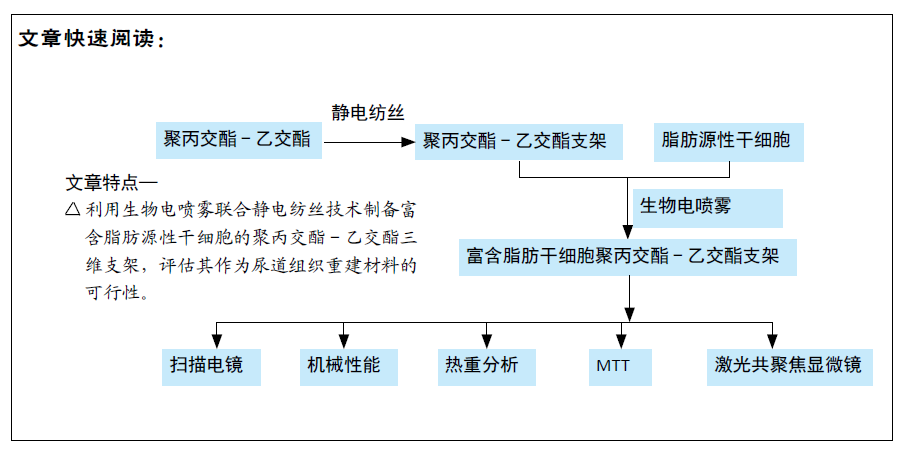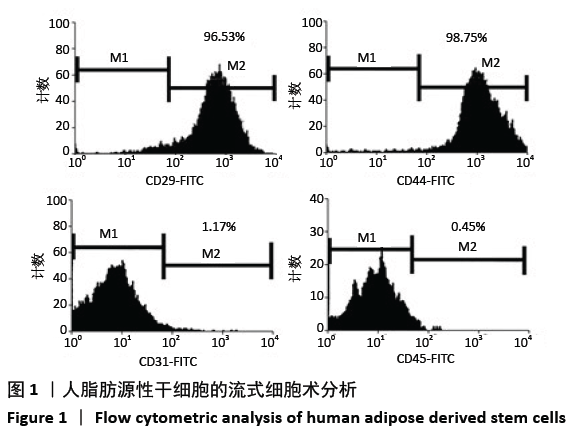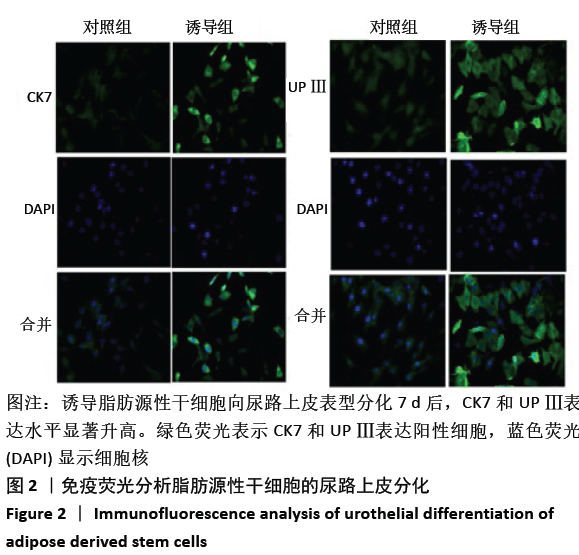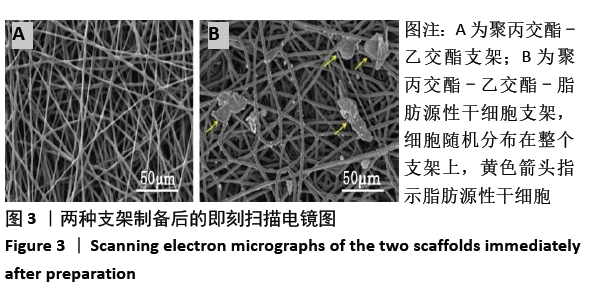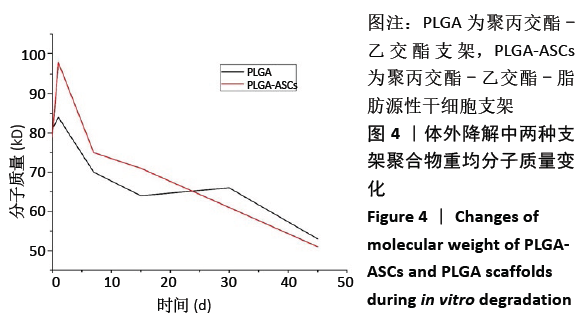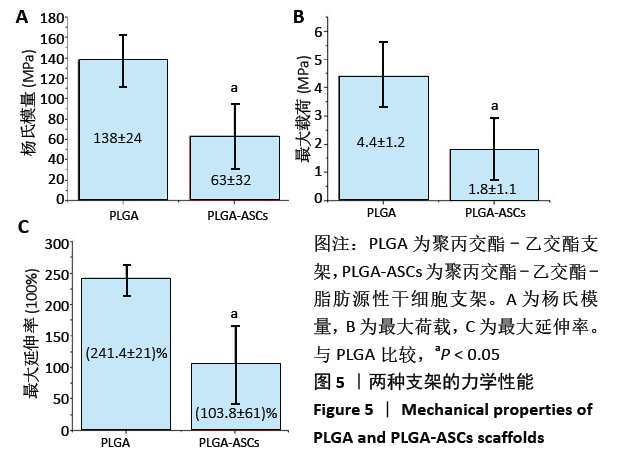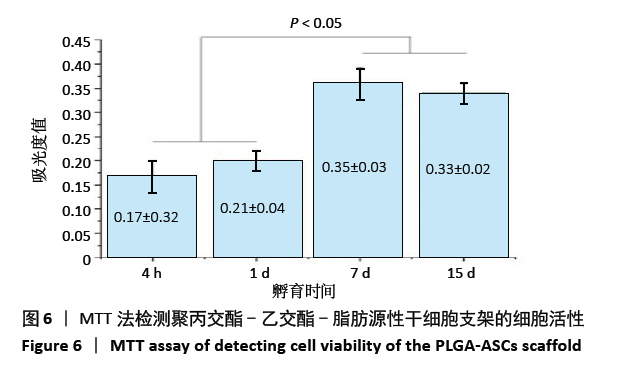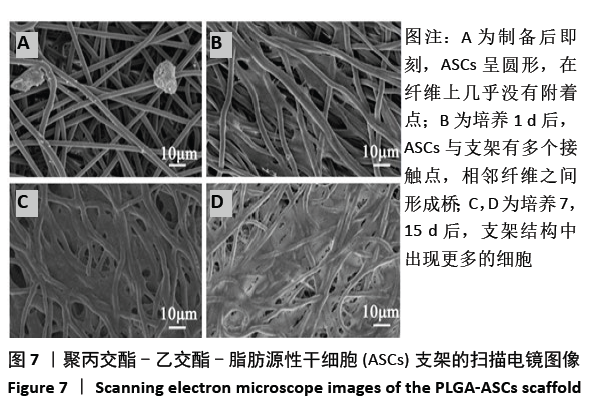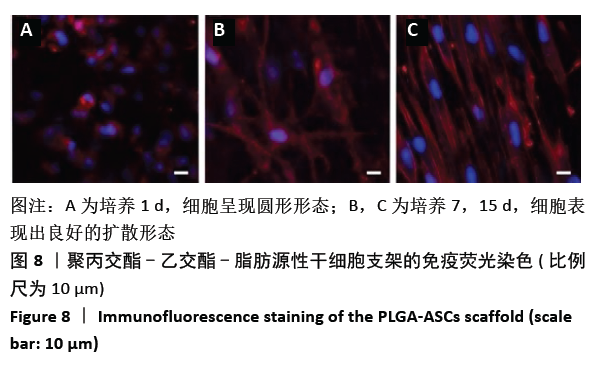[1] HAO Z, SONG Z, HUANG J, et al. The scaffold microenvironment for stem cell based bone tissue engineering. Biomater Sci. 2017;5(8):1382-1392.
[2] ADEBIYI AA, TASLIM ME, CRAWFORD KD. The use of computational fluid dynamic models for the optimization of cell seeding processes. Biomaterials. 2011;32(34): 8753-8770.
[3] KESTI M, MÜLLER M, BECHER J, et al. A versatile bio-ink for three-dimensional printing of cellular scaffolds based on thermally and photo-triggered tandem gelation. Acta Biomater. 2015;11:162-172.
[4] LEE MC, SEONWOO H, GARG P, et al. Development of a bio-electrospray system for cell and non-viral gene delivery. Rsc Adv. 2018;8(12):6452-6459.
[5] HONG N, YANG GH, LEE JH, et al. 3D bioprinting and its in vivo applications. J Biomed Mater Res B. 2018;106(1):444-459.
[6] ASGHARI F, SAMIEI M, ADIBKIA K, et al. Biodegradable and biocompatible polymers for tissue engineering application: a review. Artif Cells Nanomed Biotechnol. 2017;45(2):185-192.
[7] MARTINS C, SOUSA F, ARAÚJO F, et al. Functionalizing PLGA and PLGA derivatives for drug delivery and tissue regeneration applications. Adv Healthc Mater. 2018; 7(1):1701035.
[8] NI R, MUENSTER U, ZHAO J, et al. Exploring polyvinylpyrrolidone in the engineering of large porous PLGA microparticles via single emulsion method with tunable sustained release in the lung: in vitro and in vivo characterization. J Control Release. 2017;249:11-22.
[9] PALMA E, PASQUA A, GAGLIARDI A, et al. Antileishmanial activity of amphotericin B-loaded-PLGA nanoparticles: an overview. Materials. 2018;11(7):1167.
[10] LIU J, HUANG J, LIN T, et al. Cell-to-cell contact induces human adipose tissue-derived stromal cells to differentiate into urothelium-like cells in vitro. Biochem Bioph Res Co. 2009;390(3):931-936.
[11] ZHAO Z, YU H, FAN C, et al. Differentiate into urothelium and smooth muscle cells from adipose tissue-derived stem cells for ureter reconstruction in a rabbit model. Am J Transl Res. 2016;8(9):3757.
[12] Zuk PA, Zhu M, Ashjian P, et al. Human adipose tissue is a source of multipotent stem cells. Mol Bio Cell. 2002;13(12):4279-4295.
[13] ORABI H, ABOUSHWAREB T, ZHANG Y, et al. Cell-seeded tubularized scaffolds for reconstruction of long urethral defects: a preclinical study. Eur Urol. 2013; 63(3):531-538.
[14] MOREY AF, WATKIN N, SHENFELD O, et al. SIU/ICUD consultation on urethral strictures: anterior urethra–primary anastomosis. Urology. 2014;83(3):S23-S26.
[15] HAMPSON LA, MCANINCH JW, BREYER BN. Male urethral strictures and their management. Nat Rev Urol. 2014;11(1):43.
[16] BENMERZOUG S, QUESNIAUX VFJ. Bioengineered 3D models for studying human cell–tuberculosis interactions. Trends Microbiol. 2017;25(4):245-246.
[17] RIBEIRO-FILHO LA, SIEVERT KD. Acellular matrix in urethral reconstruction. Adv Drug Deliv Rev. 2015;82:38-46.
[18] FENG C, XU Y, FU Q, et al. Reconstruction of three-dimensional neourethra using lingual keratinocytes and corporal smooth muscle cells seeded acellular corporal spongiosum. Tissue Eng Part A. 2011;17(23-24):3011-3019.
[19] GUO H, SA Y, HUANG J, et al. Urethral reconstruction with small intestinal submucosa seeded with oral keratinocytes and TIMP-1 siRNA transfected fibroblasts in a rabbit model. Urol int. 2016;96(2):223-230.
[20] ZOU XH, ZHI YL, CHEN X, et al. Mesenchymal stem cell seeded knitted silk sling for the treatment of stress urinary incontinence. Biomaterials. 2010;31(18):4872-4879.
[21] Shi JG, Fu WJ, Wang XX, et al. Trans-differentiation of human adipose-derived stem cells into urothelial cells: potential for urinary tract tissue engineering. Cell Tissue Res. 2012;347(3):737-746.
[22] ZANATTA G, STEFFENS D, BRAGHIROLLI DI, et al. Viability of mesenchymal stem cells during electrospinning. Braz J Med Biol Res. 2012;45(2):125-130.
[23] HSIA HC, NAIR MR, MINTZ RC, et al. The fiber diameter of synthetic bioresorbable extracellular matrix influences human fibroblast morphology and fibronectin matrix assembly. Plast Reconstr Surg. 2011;127(6):2312-2320.
[24] ZANATTA G, RUDISILE M, CAMASSOLA M, et al. Mesenchymal stem cell adherence on poly(D, L-lactide-co-glycolide) nanofibers scaffold is integrin-beta 1 receptor dependent. J Biomed Nanotechnol. 2012;8(2):211-218.
[25] STANKUS JJ, GUAN J, FUJIMOTO K, et al. Micro-integrating smooth muscle cells into a biodegradable, elastomeric fiber matrix. Biomaterials. 2006;27(5):735-744.
[26] CARVALHO MS, SILVA JC, UDANGAWA RN, et al. Co-culture cell-derived extracellular matrix loaded electrospun microfibrous scaffolds for bone tissue engineering. Mater Sci Eng C. 2019;99:479-490.
[27] SANJAIRAJ V, KANNAN S, CAO T, et al. 3D-printed PCL/PPy conductive scaffolds as three-dimensional porous nerve guide conduits (ngcs) for peripheral nerve injury repair. Front Bioeng Biotechnol. 2019;7:266.
[28] KANCZLER JM, WELLS JA, GIBBS DMR, et al. Bone tissue engineering and bone regeneration//Principles of Tissue Engineering. Academic Press. 2020:917-935.
[29] LI S. Hydrolytic degradation characteristics of aliphatic polyesters derived from lactic and glycolic acids. J Biomed Mater Res. 1999;48(3):342-353.
[30] ZHANG B, ZHANG P, WANG Z, et al. Tissue-engineered composite scaffold of poly (lactide-co-glycolide) and hydroxyapatite nanoparticles seeded with autologous mesenchymal stem cells for bone regeneration. J Zhejiang Univ Sci B. 2017;18(11):963-976.
|
